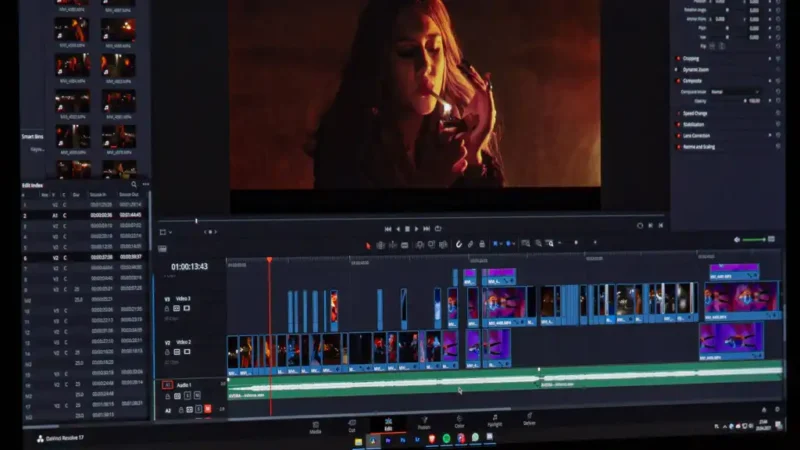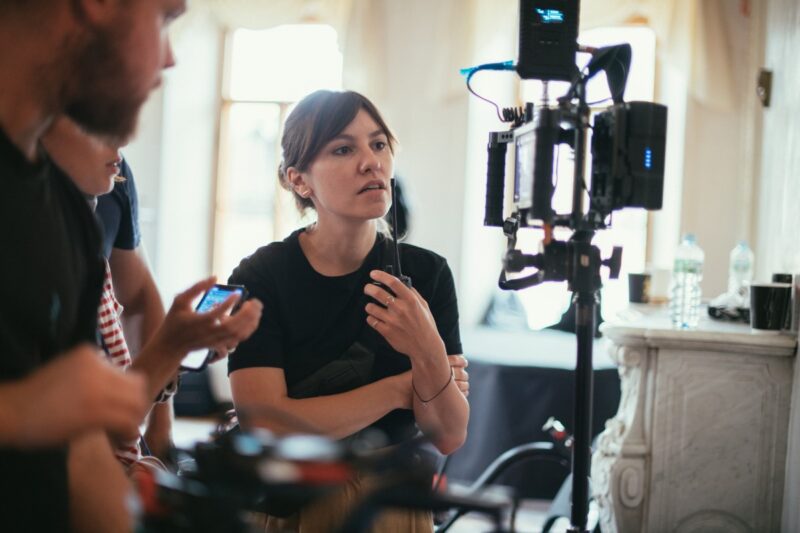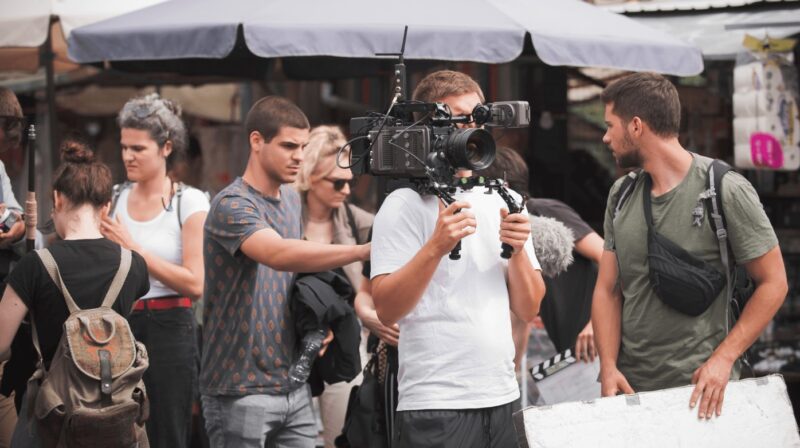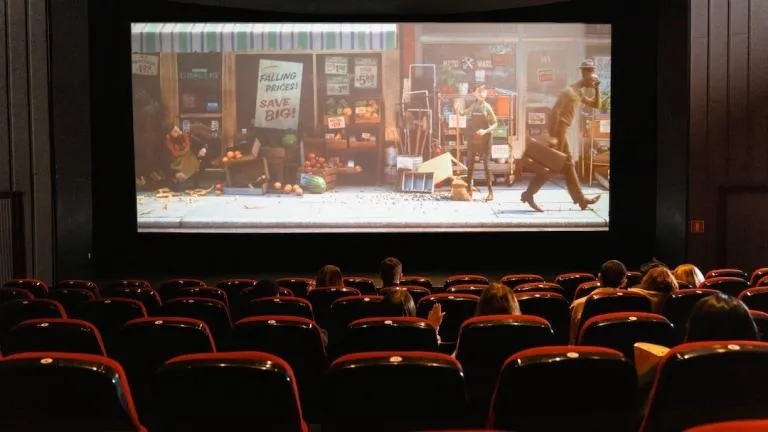Imagine spending months or even years pouring your heart and soul into creating a film, only to have it sit on a shelf, unseen and unappreciated. This is the harsh reality many indie filmmakers face. Making a great film is only half the battle. The other half is ensuring it gets seen.
Let’s discuss why distribution matters and how you can master this crucial aspect of filmmaking.
Why is distribution important?
Visibility and reach
Distribution is about making your film available to as many people as possible. Without it, its reach is limited to a handful of screenings. Effective distribution ensures your film can be accessed by audiences worldwide, increasing its visibility and potential impact.
Financial return
For indie filmmakers, recouping production costs and making a profit is essential. Distribution opens up various revenue streams, such as theatrical releases, digital platforms, and physical media sales. These avenues can help you monetize your film and fund future projects.
Audience engagement
Distribution isn’t just about getting your work seen; it’s also about connecting with your audience. Engaging with viewers through Q&A sessions, social media, and festivals can build a loyal fan base and generate word-of-mouth promotion, which is invaluable for indie films.
Industry recognition
A well-distributed film can attract the attention of critics, awards committees, and industry professionals. This recognition can lead to opportunities for future projects, collaborations, and even entry into larger markets.
Types of distribution
- Theatrical: Releasing your film in cinemas can create buzz and offer a unique viewing experience. While this route can be expensive and competitive, it provides significant exposure and can enhance your work’s prestige.
- Digital: Platforms like Netflix, Amazon Prime, and Hulu have revolutionized film distribution. Digital distribution allows your film to be streamed by millions of viewers worldwide. It’s a cost-effective way to reach a large audience and is especially suited for indie films.
- Festival circuits: Festivals are an excellent way to showcase your work to industry professionals, critics, and enthusiastic audiences. They can also serve as a launchpad for other distribution opportunities, such as securing a distributor or gaining media attention.
- DVD and Blu-ray: While physical media sales have declined with the rise of digital streaming, they still offer a revenue stream and a way for collectors and fans to own a piece of your work. Special editions with extra features can be particularly appealing.
- Video on Demand (VOD): VOD platforms like iTunes, Google Play, and Vimeo on Demand allow viewers to rent or purchase your film directly. This method gives you control over pricing and distribution, making it a viable option for indie filmmakers.
How to craft a distribution strategy
Know your audience
Understanding your target audience is crucial for effective distribution. Research who your film appeals to and tailor your distribution efforts to reach them. Use demographic data, social media insights, and audience feedback to guide your strategy.
Build a marketing campaign
A strong marketing campaign is essential for generating interest in your film. Utilize social media, email newsletters, trailers, and press releases to create buzz. Engage with your audience regularly and encourage them to share your film within their networks.
Leverage film festivals
Submit your work to relevant festivals to gain exposure and build credibility. Winning awards or receiving positive reviews can boost your film’s visibility and attract distributors. Network with industry professionals and other filmmakers to explore additional opportunities.
Seek distribution partners
Partnering with a distributor can help your film reach a wider audience. Distributors have the experience and connections to navigate the complex world of distribution. Research potential partners, understand their terms, and choose one that aligns with your goals.
Utilize digital platforms
Take advantage of digital distribution platforms to make your film accessible to a global audience. Each platform has its submission process and requirements, so familiarize yourself with them and choose the ones that best fit your distribution strategy.
Monitor and adapt
Distribution is an ongoing process. Monitor the performance of your film across different platforms and adjust your strategy as needed. Pay attention to audience feedback and be willing to adapt to changing market trends and preferences.
Some extra tips
From my personal experience, I learned several valuable lessons about film distribution that I wish I’d known earlier:
Start early!
Begin planning your distribution strategy during the pre-production phase. This allows you to align your marketing and distribution efforts with the overall vision of your film.
Network relentlessly
Attend industry events, festivals, and screenings to network with distributors, critics, and fellow filmmakers. Building relationships can open doors to distribution opportunities that might not be accessible otherwise.
Invest in a good publicist
A skilled publicist can generate media coverage and buzz for your film. This is particularly important for indie films, which may not have the marketing budgets of larger productions.
Create quality promotional material
High-quality trailers, posters, and press kits are essential for attracting both audiences and distributors. Invest in professional design and production to make your film stand out.
Be prepared for rejection
Not every distributor or platform will accept your film. Rejection is part of the process. Stay persistent, learn from feedback, and keep exploring different avenues until you find the right fit.
Final words
Getting your film seen by the right audience is just as important as making it. Effective distribution can boost your its visibility, financial returns, audience engagement, and industry recognition. Starting early, networking, investing in publicity, creating quality promotional material, and staying persistent can increase your film’s chances of success.
Your work isn’t done when you finish the film; it’s done when your audience sees and connects with it.
Related Posts:
- DIY Cinematography - How to Get Professional Results…
- How to Develop Compelling Characters and Why It Matters?
- Why Your Indie Film Must Have Impactful Sound Design
- Story Structure 101 - Build the Perfect Plot for Your Film
- How To Crowdfund Your Film - Strategies for a…
- How To Promote Your Indie Film Using Social Media…








